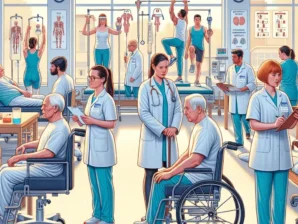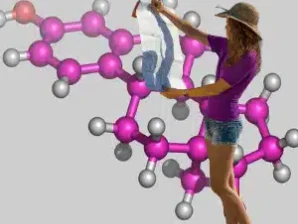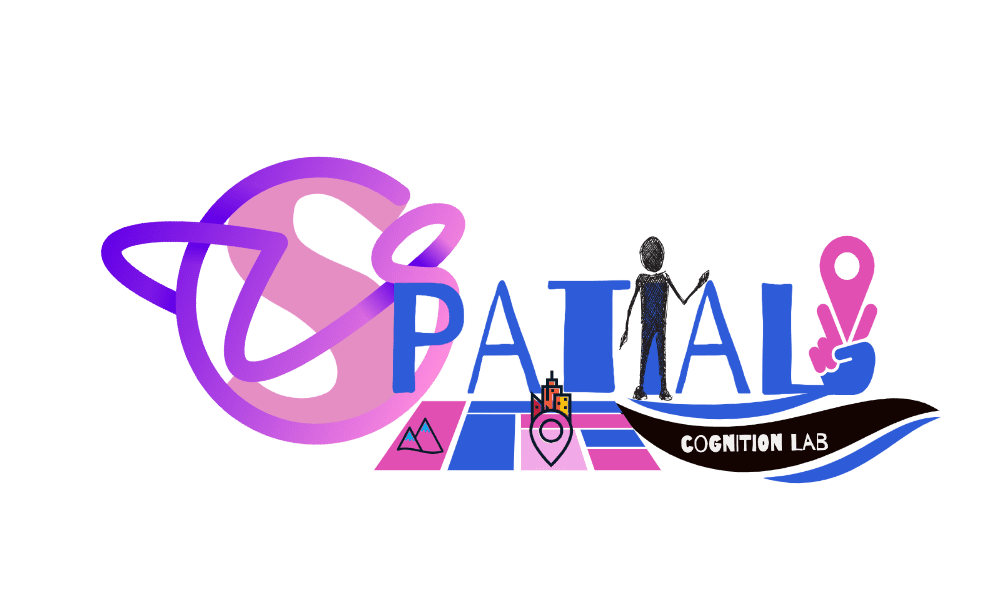It is now online the article: "The contribution of being physically active to successful aging"
by Laura Piccardi, Anna Pecchinenda, Massimiliano Palmiero, Marco Giancola, Maddalena Boccia, Anna Maria Giannini, and Cecilia Guariglia, published in Frontiers in Human Neuroscience, section Cognitive Neuroscience.
It is an open-access publication accessible to readers anywhere in the world. It is part of the Research Topic "Effects of physical exercise on brain and cognitive functioning: Volume II."
The current research aimed to understand the relationships between physical activity and working memory complaints in attention, memory storage, and executive functions. It has been hypothesized that physical activity was negatively associated with complaints in working memory domains after controlling for socio-demographics and distress factors, such as anxiety, stress, and depression. Two hundred and twenty-three individuals aged between 65 and 100 years without self-reported neurological and/or psychiatric disorders completed a questionnaire on socio-demographic, with questions on physical activity and the Italian version of the working memory questionnaire (WMQ) and the DASS-21 measuring anxiety, stress, and depression. Results from three linear regression models showed that low physical activity was associated with complaints in attention and executive functions but not in memory storage. Notably, age, gender, and total emotional distress (DASS score) were significant in all regression models. Our results suggested regular physical activity, even just walking, is crucial for maintaining efficient cognitive function. Theoretical and practical implications for engaging in physical activity programs and social aggregation during exercise are considered.






